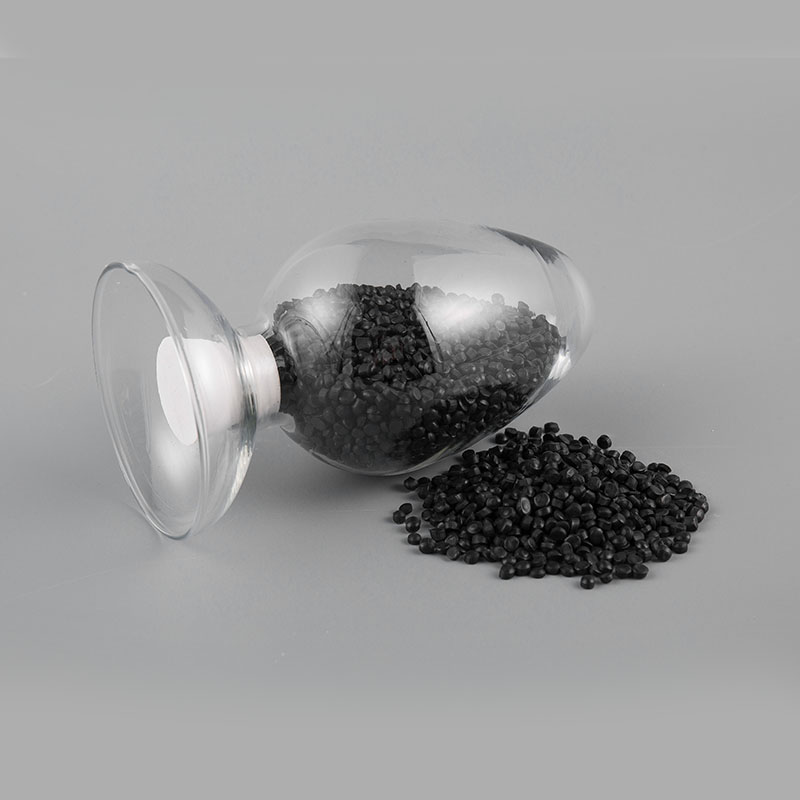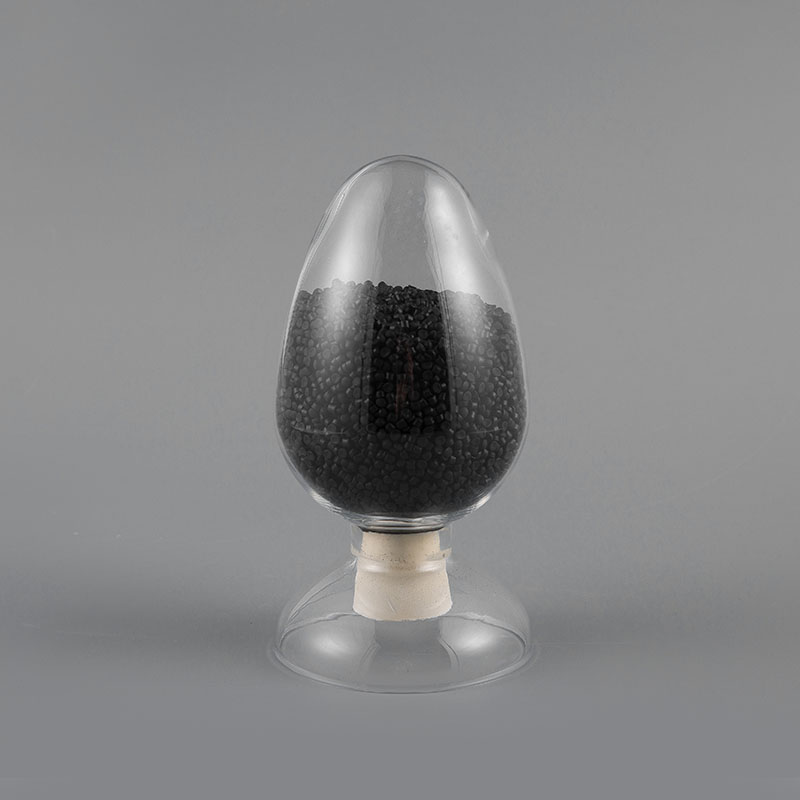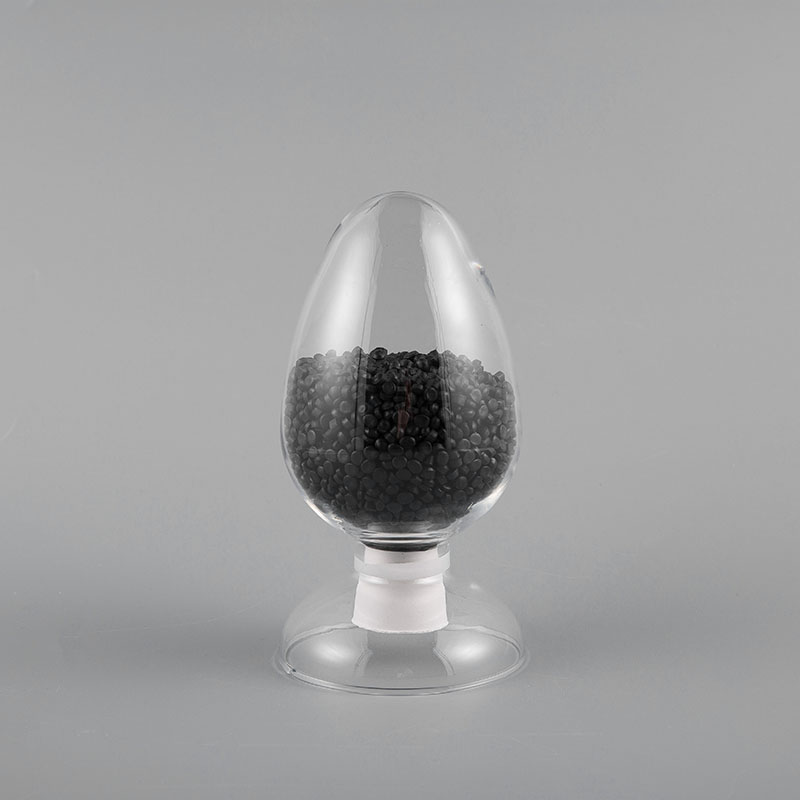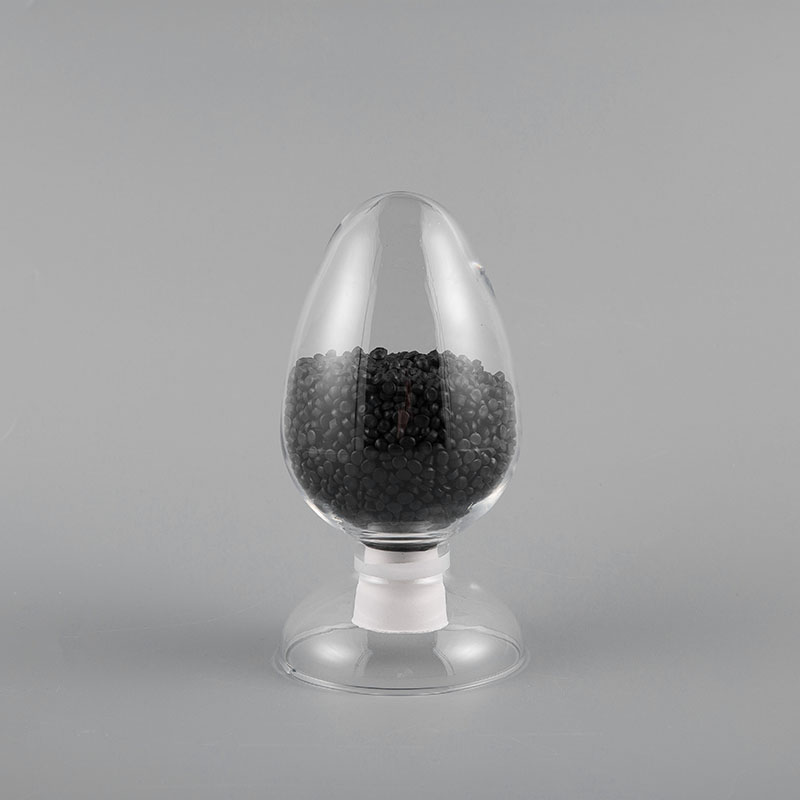I. Cable Compounds—The Core of Cable Reliability
Cables are the arteries of modern power transmission, and their reliability is paramount to the stability and safety of our electrical systems. While the conductor materials like copper and aluminum are often the focus, the true "heart" of a cable lies in its insulation and sheathing compounds (electric cable compounds). These compounds are the key determinants of a cable's performance, providing essential electrical insulation and mechanical protection.
The quality of these compounds dictates a cable's ability to withstand various environmental conditions and its overall service life. High-quality insulation prevents current leakage and short circuits, ensuring safety for people and equipment. At the same time, high-performance sheathing protects the internal structure from external damage, moisture, chemical corrosion, and UV radiation. Therefore, selecting the right cable compound is the most critical step in manufacturing a safe, durable, and reliable cable.
ZH-70 70℃ PVC Flame Retardant Soft Sheath Plastic
Here's a comparison of two common cable compounds, PVC (Polyvinyl Chloride) and XLPE (Cross-linked Polyethylene), to illustrate how different materials impact cable performance:
| Parameter | PVC (Polyvinyl Chloride) | XLPE (Cross-linked Polyethylene) |
|---|---|---|
| Long-term Operating Temperature | 70°C | 90°C |
| Short-circuit Withstand Temperature | 160°C | 250°C |
| Insulation Performance | Poor | Excellent |
| Mechanical Performance | Poor | Excellent |
| Production Cost | Low | High |
As the comparison shows, XLPE compounds offer superior temperature resistance and insulation performance compared to PVC. This is why XLPE is widely used for medium and high-voltage cables, while PVC is more common in low-voltage and general-purpose cables. Understanding these differences is crucial for selecting the right cable for a given application.
II. The "Identity" of Cable Compounds: Classification and Basic Composition
Cable compounds are not single materials but are classified based on their function and thermal properties. They are composed of a blend of different chemical components.
1. Insulation and Sheathing Compounds: Distinct Roles
- Insulation Compound: This is the core functional part of the cable, directly covering the conductor. Its primary mission is to provide reliable electrical insulation, preventing current from leaking and ensuring safe power transmission along the intended path. Insulation compounds must have high insulation resistance, high dielectric strength, and good thermal stability.
- Sheathing Compound: This is the "outer jacket" of the cable, located outside the insulation or filler layers. Its primary mission is to provide comprehensive physical and environmental protection. Sheathing compounds require excellent mechanical strength, abrasion resistance, chemical corrosion resistance, water resistance, and UV resistance to protect the internal structure from external threats.
2. The "Families" of Common Cable Compounds
Cable compounds are categorized as either thermoplastic or thermoset based on their thermal behavior during processing and use.
Thermoplastic Materials
- PVC (Polyvinyl Chloride): Inexpensive and easy to process, with good flame retardancy. It's a common material for low-voltage and general-purpose cable sheathing. However, its heat and low-temperature performance is limited, making it unsuitable for extreme environments.
- PE (Polyethylene): Offers excellent insulation properties and low dielectric loss, often used for high-voltage cable insulation. However, PE is not inherently flame retardant and typically requires additives to improve this property.
Thermoset Materials
- XLPE (Cross-linked Polyethylene): By cross-linking PE's molecular chains, this material gains significantly improved heat resistance, mechanical strength, and aging resistance. XLPE is the most common insulation material for medium, high, and extra-high-voltage cables, with a long-term operating temperature of up to 90°C and a short-circuit tolerance of 250°C.
- EPR (Ethylene Propylene Rubber): A synthetic rubber with excellent flexibility, ozone resistance, and UV resistance. It is often used for flexible cables that require frequent bending and in applications with special weathering requirements.
3. The "Recipe" for Cable Compounds: Key Components
Cable compounds are typically not a single polymer but a complex blend of multiple ingredients.
- Base Resin: This forms the backbone of the compound, determining its fundamental properties (e.g., PVC, PE, XLPE).
- Additives: These are added to provide special functions and optimize performance.
- Plasticizers: Increase flexibility and processability, mainly used in PVC.
- Flame Retardants: Enhance fire resistance, such as aluminum hydroxide or magnesium hydroxide.
- Antioxidants: Delay material aging in high temperatures and long-term use, extending cable life.
- Fillers: Like calcium carbonate or kaolin, used to improve processing, enhance mechanical properties, and reduce cost.
- Stabilizers: Improve the material's stability against heat, light, and oxygen.
III. The "Assessment" of Cable Compounds: Key Performance Indicators
The performance of cable compounds directly impacts a cable's safety and reliability. In production and application, they undergo a series of rigorous tests and "assessments" to ensure they meet specific standards and requirements. These key performance indicators are evaluated across four main areas: electrical, physical/mechanical, environmental, and safety.
1. Electrical Performance
Electrical performance is the core indicator for insulation compounds, ensuring safe and efficient power transmission.
- Insulation Resistance: Measures a material's ability to resist the flow of electric current. It is typically expressed in megaohms (MΩ) or gigaohms (GΩ). Higher insulation resistance indicates better insulation.
- Dielectric Strength: Refers to the maximum electric field strength a material can withstand before electrical breakdown occurs. The unit is typically kV/mm. A higher dielectric strength means the material can resist higher voltages more effectively.
2. Physical and Mechanical Performance
These indicators primarily assess the material's strength, toughness, and durability, which are particularly important for sheathing compounds.
- Tensile Strength and Elongation at Break: Reflect the material's strength and flexibility. High tensile strength and appropriate elongation at break ensure the cable won't easily break or get damaged during installation and use.
- Abrasion and Tear Resistance: Evaluate the sheathing compound's ability to resist external friction and sharp objects.
3. Environmental Adaptability
Cables operate in diverse and harsh environments, so the materials must be highly adaptable.
- Heat Resistance: Determines the cable's maximum long-term operating temperature. Different materials have different ratings, such as 70°C for PVC and 90°C for XLPE.
- Weathering Resistance: Assesses the material's ability to resist aging from UV radiation, ozone, and moisture in outdoor environments.
- Chemical Corrosion Resistance: Measures the material's ability to maintain its properties when exposed to chemicals like oil, acids, and alkalis.
4. Safety Performance
Safety performance is one of the most critical considerations for cable compounds, especially in public buildings and densely populated areas.
- Flame Retardancy: The material's ability to resist combustion when exposed to a flame. Good flame retardancy can prevent fire from spreading.
- Low Smoke Zero Halogen (LSZH): An advanced environmental safety standard. Unlike traditional halogenated materials (like PVC) which release large amounts of toxic smoke and corrosive gases when burned, LSZH materials produce minimal smoke, are low in toxicity, and contain no halogens, significantly reducing harm to people and equipment in a fire.
Here is a comparison of the safety performance of two common sheathing materials, PVC and LSZH (Low Smoke Zero Halogen) materials:
| Parameter | PVC (Polyvinyl Chloride) | LSZH (Low Smoke Zero Halogen) |
|---|---|---|
| Flame Retardancy | Good | Excellent |
| Smoke Density | High | Low |
| Halogen Content | Yes (Contains chlorine) | No |
| Toxic Gases | Yes (Hydrogen chloride, etc.) | None or minimal |
| Application Scenarios | General environments | Densely populated areas with high fire safety requirements (hospitals, subways, data centers, etc.) |
Through these rigorous performance assessments, cable compounds can ensure their reliability and safety in real-world applications.
IV. Looking Ahead: The Development Trends of Cable Compounds
The future of cable compounds is closely tied to global technological advancements, environmental regulations, and market demands. Future cable compounds will move beyond basic electrical and mechanical performance to focus on eco-friendliness, high performance, and functionalization.
1. Eco-friendliness
With the growing global focus on environmental protection and sustainable development, the "green revolution" in cable compounds is inevitable.
- Halogen-free: This is a major trend. While traditional PVC materials release toxic hydrogen halide gases when burned, LSZH compounds use inorganic flame retardants like aluminum hydroxide and magnesium hydroxide. This results in less smoke and no corrosive gas release during a fire, significantly improving public safety.
- Recyclability: Developing compounds that are easier to recycle and reuse will reduce resource consumption and environmental pollution. Thermoplastics have a natural advantage here, while recycling technologies for thermosets are also being explored.
- Lead-free: Eliminating traditional lead salt stabilizers and adopting more environmentally friendly alternatives, such as calcium-zinc stabilizers, to reduce heavy metal pollution.
2. High Performance
Higher performance is crucial for adapting to complex application environments and technological upgrades.
- Higher Temperature Ratings: As power equipment increases in power and decreases in size, cables need to withstand higher temperatures. For instance, the 90°C operating temperature of XLPE is now standard for medium and high-voltage cables, and materials with even higher temperature ratings will be developed for specialized industrial and new energy applications.
- Enhanced Insulation Performance: To accommodate higher voltage classes, new materials will need to reduce dielectric loss and improve power transmission efficiency.
- Composite Material Technology: Combining the strengths of different materials, such as blending polypropylene (PP) with elastomers, can create new compounds that offer a balance of high strength, excellent insulation, and good flexibility. These composites are seen as a key future direction for cable base materials due to their advantages in cost-effectiveness, eco-friendliness, and high-temperature resistance.
3. Functionalization
Future cable compounds will evolve from passive "protective layers" to active components with enhanced functionality.
- Smart Cable Compounds: Integrating micro-sensors or smart coatings into materials to enable real-time monitoring of cable conditions like temperature, stress, and aging. This helps in predicting failures, enabling proactive maintenance, and improving the efficiency and safety of power systems.
- Lightweighting: Using foaming technology or other methods to reduce the density of the compound without sacrificing performance. This reduces the overall weight of the cable, making installation and transport easier and lowering project costs.
As a professional cable material manufacturer with strong capital and advanced production lines, Hangzhou Meilin New Materials Technology Co., Ltd.'s future development should be closely aligned with the trends outlined above. With over 18,000 square meters of factory space and 18 advanced automated production lines, the company has a solid foundation for developing and producing high-performance, eco-friendly compounds. The company's team of 5 senior engineers and over 30 technical management personnel is a key driver for advancing its products toward halogen-free, high-performance, and functionalization goals. Hangzhou Meilin New Materials Technology Co., Ltd. can leverage its technical expertise and large-scale production capabilities to actively develop cutting-edge products like low-smoke zero-halogen and high-performance XLPE. This strategic focus will allow the company to meet the growing market demand for safe, eco-friendly, and efficient cables, solidifying its leading position in the industry.


 English
English 中文简体
中文简体 русский
русский







